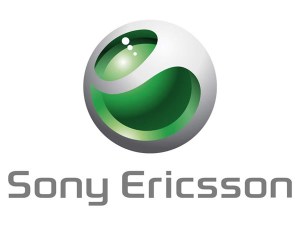
The smartphone world is rife with litigation, with most of the major players involved in lawsuits against other major players over patents and technology issues. (Some of the biggies: Apple versus Nokia, Apple versus Motorola, Motorola, NTP versus everyone, Sony versus LG Paul Allen versus everyone, etc.) In that context, Sony Ericsson has decided to go after U.S. WiMax operator Clearwire — not because it believes the company is infringing on Sony Ericsson technology, but because it doesn’t like Clearwire’s logo.
According to the complaint filed in the U.S. District Court for the Eastern District of Virginia, Sony Ericsson was the only company in the mobile industry with a green-and-silver sphere-and-swirl logo, and it believes Clearwire’s most recent logo is way too close to its own. The problem will be compounded when (and if) Clearwire starts marketing WiMax-enabled handsets with its own branding, creating confusion between Sony Ericsson mobile devices and Clearwire’s.

The suit seeks an order that Clearwire stop using the logo, as well as damages and any profits Clearwire has seen from use of the logo.
Sony Ericsson says it has been in talks with Clearwire for months about the similarity in the logos, and has also challenged Clearwire’s application for trademark protection on the logo. Sony Ericsson said that those talks led to Clearwire abandoning one version of the logo, but that Clearwire moved ahead with its current logo without informing Sony Ericsson.
So far, Clearwire has offered WiMax technology for notebooks and routers, but left the WiMax-enabled handset business to partner Sprint.


